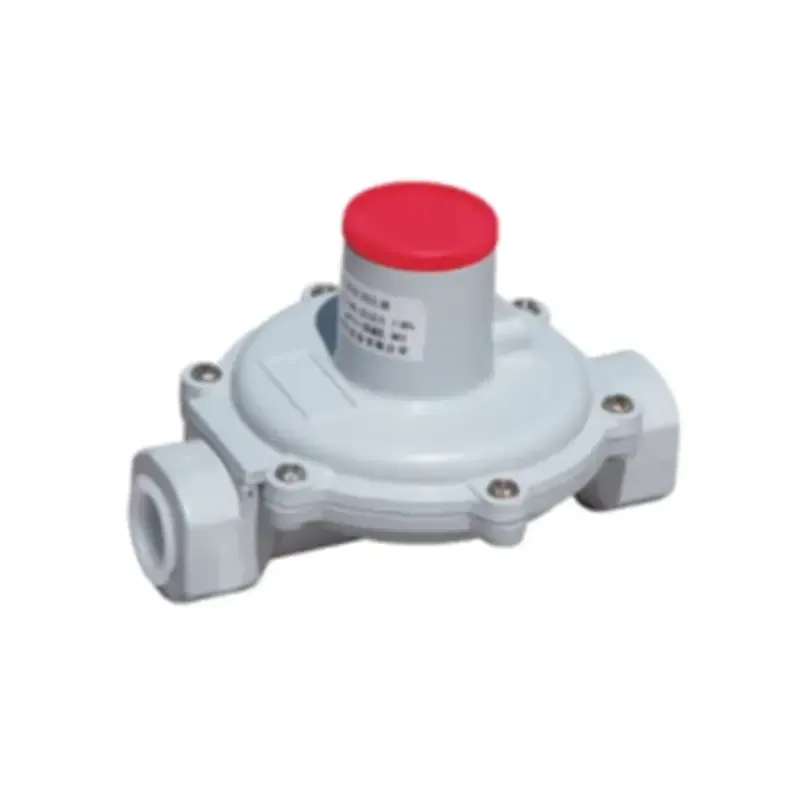
Dec . 11, 2024 09:09
Back to list
Pressure Regulation Valve for Efficient Control and Safety Enhancement
Pressure Regulating Valve Importance and Functionality
Pressure regulating valves (PRVs) are essential devices in various industrial applications, ensuring that fluid systems operate within safe and efficient pressure ranges. These valves automatically maintain the desired output pressure despite fluctuations in input pressure or changes in flow conditions. This capability is vital for protecting equipment, optimizing performance, and ensuring the safety of personnel.
At its core, a PRV works by sensing the output pressure and adjusting its position to maintain a pre-set level. When the output pressure exceeds the desired threshold, the valve closes partially or fully, thus reducing the flow and lowering the pressure. Conversely, when the pressure drops below the set point, the valve opens to allow more flow, thereby increasing the pressure to the desired level. This dynamic balancing act is what keeps systems running smoothly.
.
One of the significant advantages of using PRVs is the economic efficiency they facilitate. By maintaining optimal pressure levels, businesses can protect their equipment from damage, which can lead to costly repairs and downtime. Furthermore, an efficient pressure regulation system can reduce energy consumption, as systems operating under excessive pressure often require more energy to maintain flow rates.
صمام تنظيم الضغط

The construction of a pressure regulating valve typically consists of a diaphragm, spring, and the main valve body. The diaphragm responds to changes in output pressure, whereas the spring provides resistance to the diaphragm's movement. This feedback mechanism allows the valve to automatically adjust and balance the system pressure effectively.
Choosing the right PRV for a specific application requires considering several factors, including the type of fluid being regulated, the required pressure range, and the operating conditions (such as temperature and flow rates). Additionally, materials used in constructing the valve must be compatible with the fluid to prevent corrosion and ensure longevity.
Installation and maintenance of PRVs are also critical for their effective performance. Proper installation ensures that these valves function as intended and can adapt to the system's pressure dynamics. Regular maintenance, including inspection and calibration, is essential to keep the valves in optimal working condition and to prevent failures that could result in significant losses.
The advancement of technology has introduced smart pressure regulating valves that provide enhanced capabilities such as remote monitoring, data logging, and integration with digital control systems. These innovations allow for improved decision-making and system optimization, further enhancing the efficiency and safety of fluid management systems.
In conclusion, pressure regulating valves play a crucial role in maintaining optimal pressure levels in a variety of industrial applications. Through their automatic adjustment capabilities, PRVs protect equipment, promote safety, and support energy efficiency. As industries continue to evolve, the importance of reliable and intelligent pressure regulation will only become more pronounced, highlighting the need for continued innovation and improvement in valve technology.
Latest news
-
Safety Valve Spring-Loaded Design Overpressure ProtectionNewsJul.25,2025
-
Precision Voltage Regulator AC5 Accuracy Grade PerformanceNewsJul.25,2025
-
Natural Gas Pressure Regulating Skid Industrial Pipeline ApplicationsNewsJul.25,2025
-
Natural Gas Filter Stainless Steel Mesh Element DesignNewsJul.25,2025
-
Gas Pressure Regulator Valve Direct-Acting Spring-Loaded DesignNewsJul.25,2025
-
Decompression Equipment Multi-Stage Heat Exchange System DesignNewsJul.25,2025

